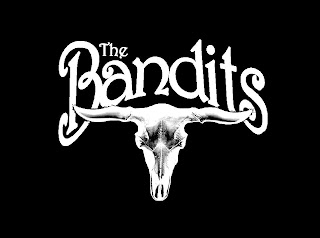

"Running on Empty" is a song written and performed by introspective American rock music singer, songwriter, guitarist, pianist, and poster boy of the 1970s Southern California confessional singer-songwriter movement, Jackson Browne. The title track to his 1977 live album Running on Empty, the song was recorded at a concert at Merriweather Post Pavilion in Columbia, Maryland on August 27, 1977 and was later ranked #492 on Rolling Stone's 500 Greatest Songs of All Time list.
Recorded onstage, backstage, in three different hotel rooms, and on a Continental Silver Eagle tour bus during a cross-country tour in 1977, "Running on Empty" is a paean to life on the road. It describes the rigors of a musician's day-to-day life on the road and its effect on his life as a whole, the song connects with the themes of much of the album itself and was Browne's third-biggest hit single in his career (trailing only "Doctor My Eyes" and "Somebody's Baby"), reaching #11 on the Billboard Hot 100 in spring 1978 and subsequently becoming his most-played song on classic rock radio formats.
The song famously appeared in the 1994 Academy Award-winning film Forrest Gump, and particularly featured in the scene where Forrest was running across the United States. As a result, this song has become a popular addition to the iPod catalogues of many avid distance runners. Naturally.
Recorded onstage, backstage, in three different hotel rooms, and on a Continental Silver Eagle tour bus during a cross-country tour in 1977, "Running on Empty" is a paean to life on the road. It describes the rigors of a musician's day-to-day life on the road and its effect on his life as a whole, the song connects with the themes of much of the album itself and was Browne's third-biggest hit single in his career (trailing only "Doctor My Eyes" and "Somebody's Baby"), reaching #11 on the Billboard Hot 100 in spring 1978 and subsequently becoming his most-played song on classic rock radio formats.
The song famously appeared in the 1994 Academy Award-winning film Forrest Gump, and particularly featured in the scene where Forrest was running across the United States. As a result, this song has become a popular addition to the iPod catalogues of many avid distance runners. Naturally.
See you backstage this Wednesday at Tuck Shop from 9.00 pm.














